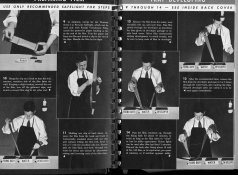Cholentpot
Member
- Joined
- Oct 26, 2015
- Messages
- 6,654
- Format
- 35mm
Technically, it was ideal BW to develop, scan and print in the digital minilabs of the era, lack of silver grain made it easy to scan and its sensitometry made it easy to print in RA-4 paper alongside color prints of the next roll, and of course then cheap C-41 chem was in the minilab tanks. So that stuff comes from there.
For a creative photographer BW400CN had a beatiful spectral signature (spectral sensitivity) that delivered a nice tonal separation for skin, and it also had an insane latitude in the highlights that made easy to print glares in the faces, if photographer wanted to exploit that to depict face volumes.
...but BW400 was not much suitable for hard core BW photographers wanting a high degree of control from selecting specific developers or working with grain structure and all that...
BW400 was a very beautiful film, with strong and weak points, some of my most loved shots (loved by me, saying... of course) were made with it.
This conversation is interesting. I have many feet of BW400 in 70mm. I don't really know what to do with it as I develop C-41 at home and it's expensive and a bit of a waste to develop C-41 B&W at home. I'm unsure if it takes to pushing which also makes it a little less useful. Currently I use it when my C-41 kits are twice past manufacture recommended rolls. Since there's no worry of color shifts I save the BW400 for the end of the processing life.













